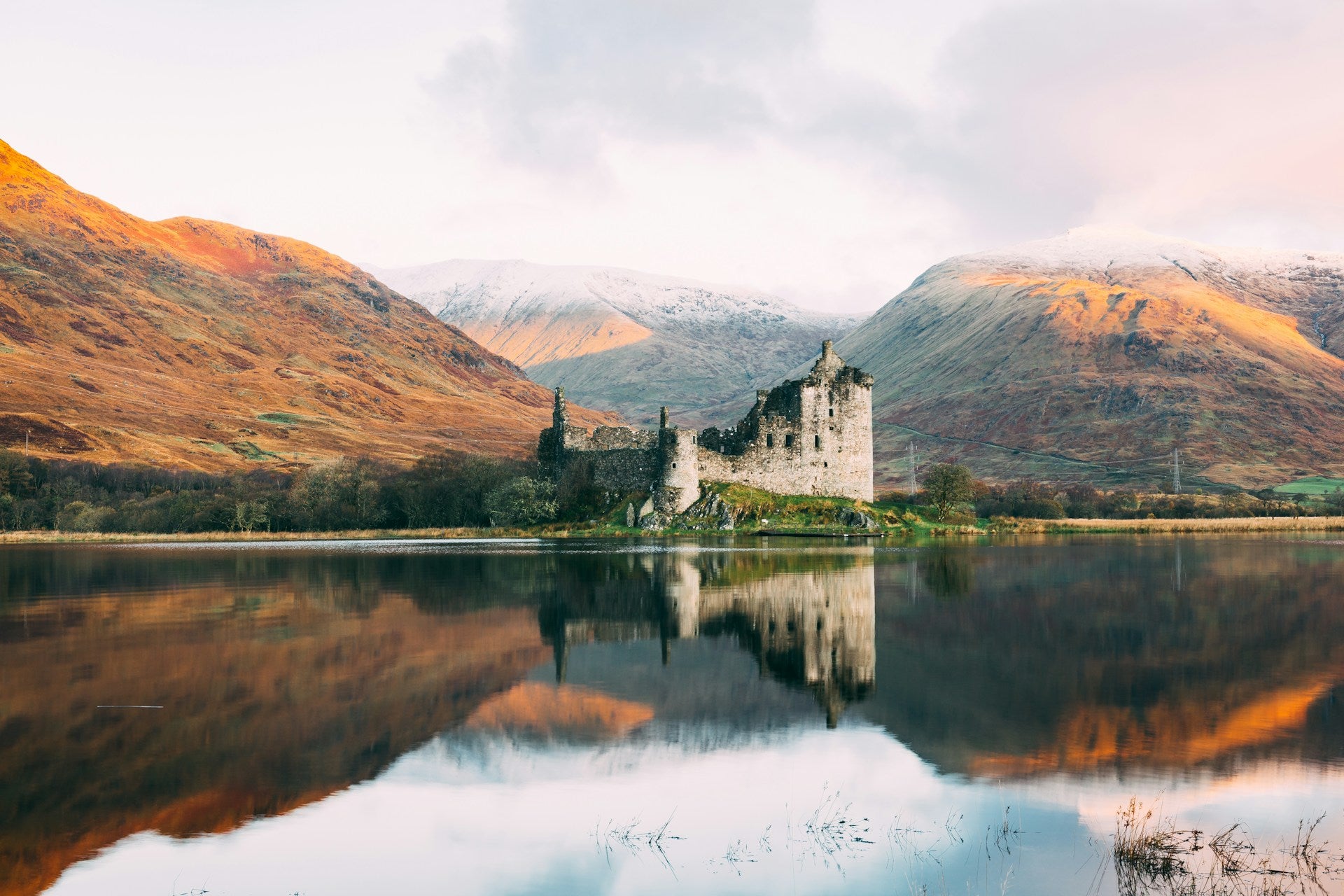
Wild Scottish Trails
Scotland offers some of Europe's most accessible wilderness walking, with over 30,000 miles of marked trails across highlands, islands, and lowlands. The country's "right to roam" legislation ensures walkers can explore vast stretches of countryside, from coastal paths to mountain ranges.
-
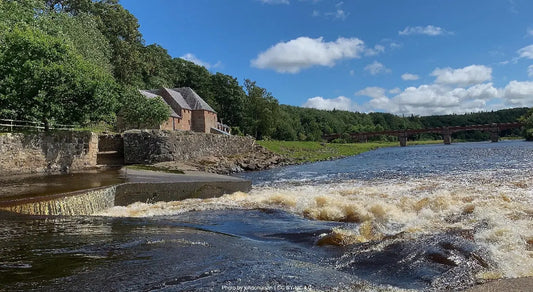
St Cuthbert's Way
A journey from inland Scotland to the Northumberland Coast
100km / 2,200m
Get your personalised itinerarySt Cuthbert's Way
 2 days
→
5 days
2 days
→
5 days



 Hilly
Hilly
A journey from inland Scotland to the Northumberland Coast
100km / 2,200m
Get your personalised itineraryMore infoFrom £312.00 -
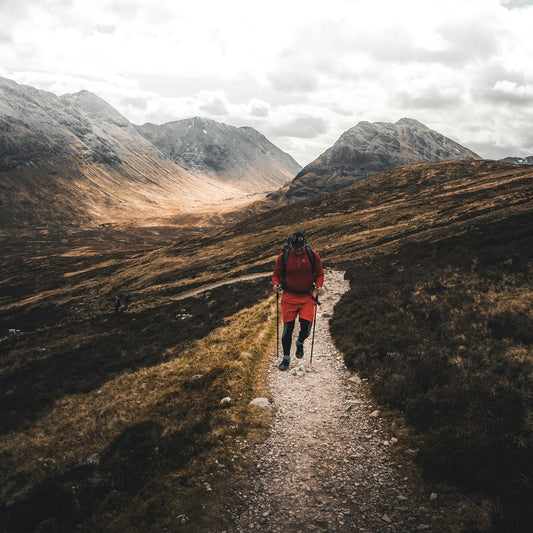
West Highland Way
Scotland's iconic long-distance mountain path
154km / 3,155m
Get your personalised itineraryWest Highland Way
 3 days
→
8 days
3 days
→
8 days



 Hilly
Hilly
Scotland's iconic long-distance mountain path
154km / 3,155m
Get your personalised itineraryMore infoFrom £624.00 -

Wee West Highland Way
Part of Scotland's iconic long-distance mountain path
80km / 1,750m
Get your personalised itineraryWee West Highland Way
 2 days
→
4 days
2 days
→
4 days



 Hilly
Hilly
Part of Scotland's iconic long-distance mountain path
80km / 1,750m
Get your personalised itineraryMore infoFrom £208.00 -
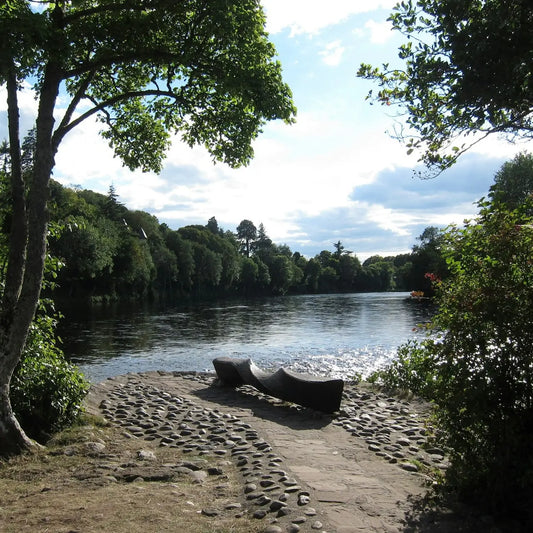
Great Glen Way
Scenic Highland canal journey through Scottish history.
125km / 1,600m
Get your personalised itineraryGreat Glen Way
 2 days
→
6 days
2 days
→
6 days


 Rolling
Rolling
Scenic Highland canal journey through Scottish history.
125km / 1,600m
Get your personalised itineraryMore infoFrom £416.00
Why Scotland is a paradise for adventure?
Remote bothies (basic shelters) and wild camping rights provide unique opportunities for multi-day walks. The extensive network of well-maintained paths, clear waymarking, and detailed maps make navigation straightforward.
Scotland's comprehensive access rights allow walkers to explore most land and inland water, provided they act responsibly.
Some of our favourite places...
-
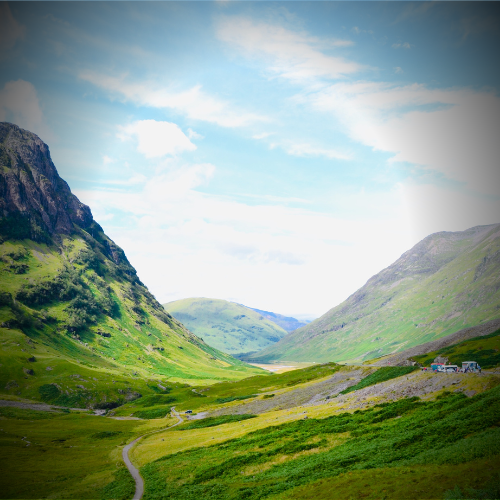
The Highlands
The Scottish Highlands encompass the country's highest peaks and most dramatic landscapes. The region offers walks ranging from gentle glen strolls to challenging mountain ascents.
Key features:
- Ben Nevis and the Grampian Mountains
- The Great Glen Way (79-mile route)
- Historic glens including Glencoe
-
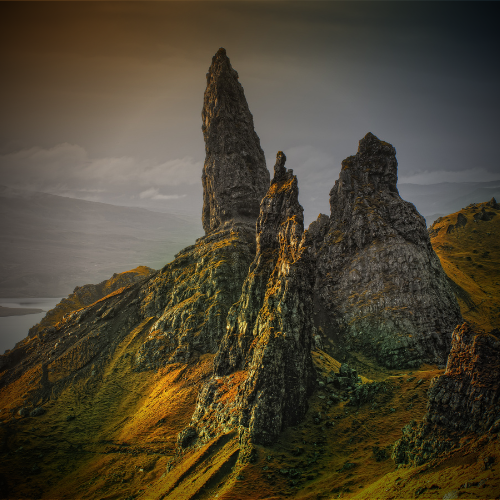
Isle of Skye
Skye combines coastal walks with dramatic mountain ranges, offering varied terrain for all abilities.
Key features:
- The Cuillin Ridge
- Trotternish Peninsula
- The Quiraing geological formations
-
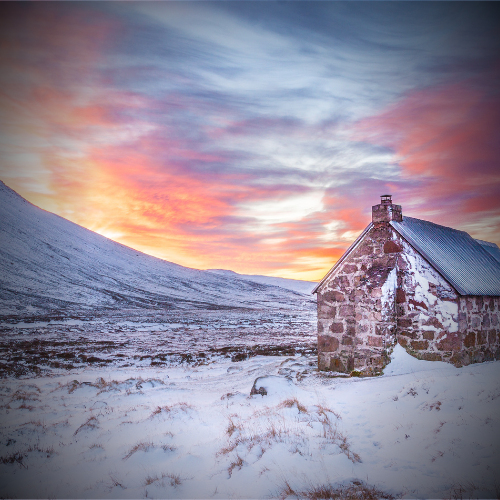
The Cairngorms
Britain's largest national park features ancient forests, mountain plateaus, and abundant wildlife.
Key features:
- Six of Scotland's highest peaks
- Ancient Caledonian pine forest
- Extensive network of low-level paths
-
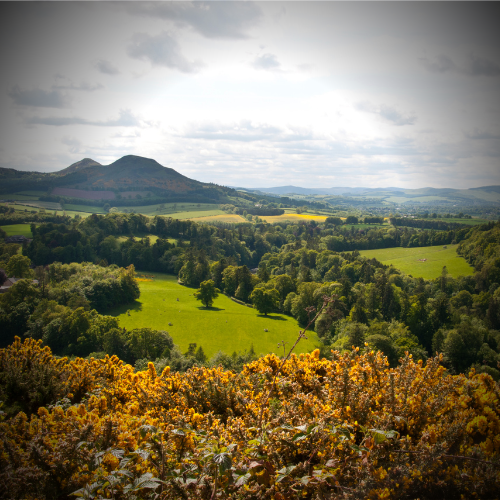
Scottish Borders
Rolling hills and historic sites characterize this more gentle walking region.
Key features:
- St Cuthbert's Way
- Border Abbeys
- Coastal paths along Berwickshire
Essential Information
Getting Around
Scotland's public transport system connects major walking regions, though remote areas may have limited service.
Transport options:
- Regular trains between major cities
- Bus services to walking destinations
- Car rental for remote areas
- Local shuttle services in popular areas
- Taxi services for trail access
- Ferry services to islands
Accommodation
Scotland offers varied accommodation options along major trails and in walking regions.
Options include:
- Mountain bothies (basic shelters)
- Hostels and bunkhouses
- B&Bs and guesthouses
- Hotels in towns
- Camping sites
- Wild camping (permitted in most areas)
Adventure Etiquette
Follow the Scottish Outdoor Access Code
Close gates after passing through
Keep dogs under close control
Respect livestock and wildlife
Leave no trace
Support local businesses
Greet other walkers on trails
Ask permission before photographing people
Expert Tips
Book accommodation in advance during peak season
Carry midge repellent (May-September)
Start long walks early in the day
Check weather forecasts daily
Learn basic navigation skills
Inform someone of your route
Carry sufficient water and food
Consider joining a walking group for harder routes
What's the weather like?
-
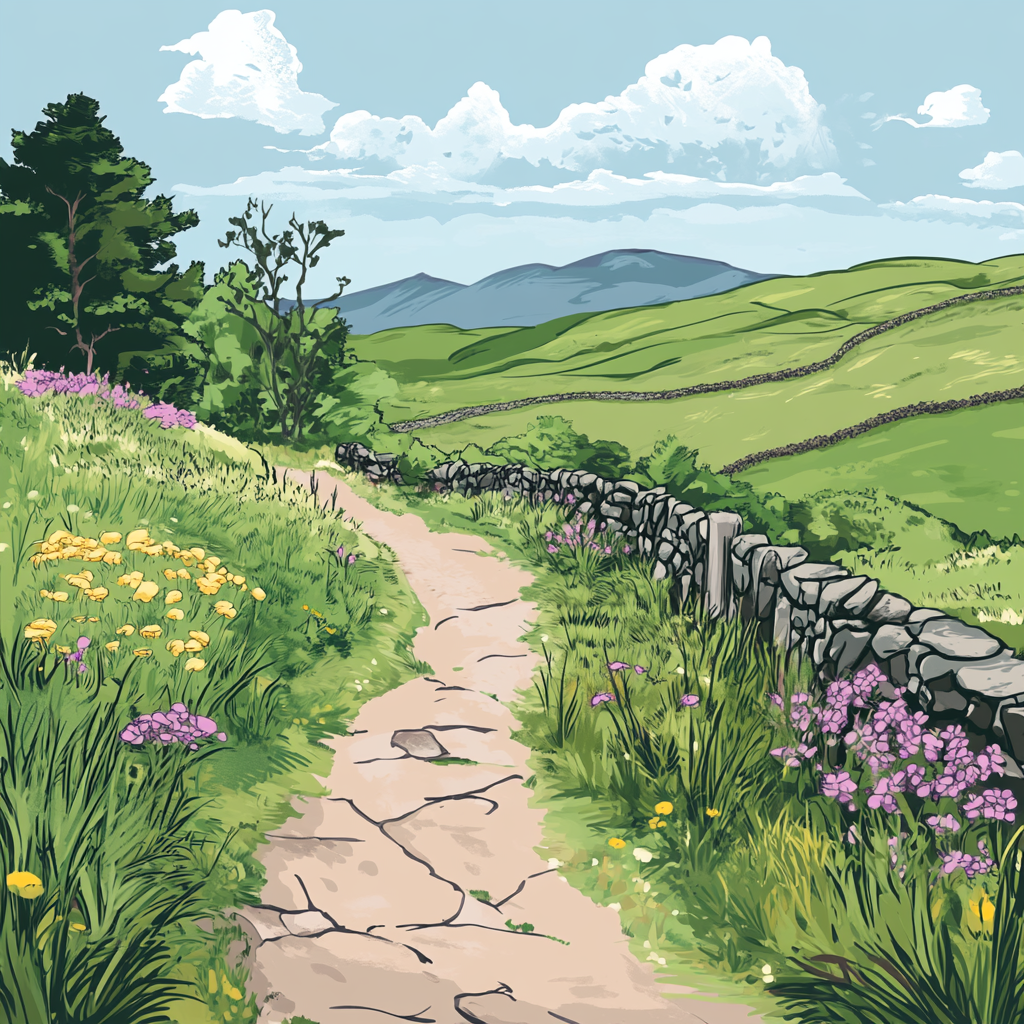
March to May
- Temperatures: 7-13°C
- Fewer midges than summer
- Spring wildflowers in bloom
- Variable weather conditions
- Snow on high ground
- Longer daylight hours beginning
-
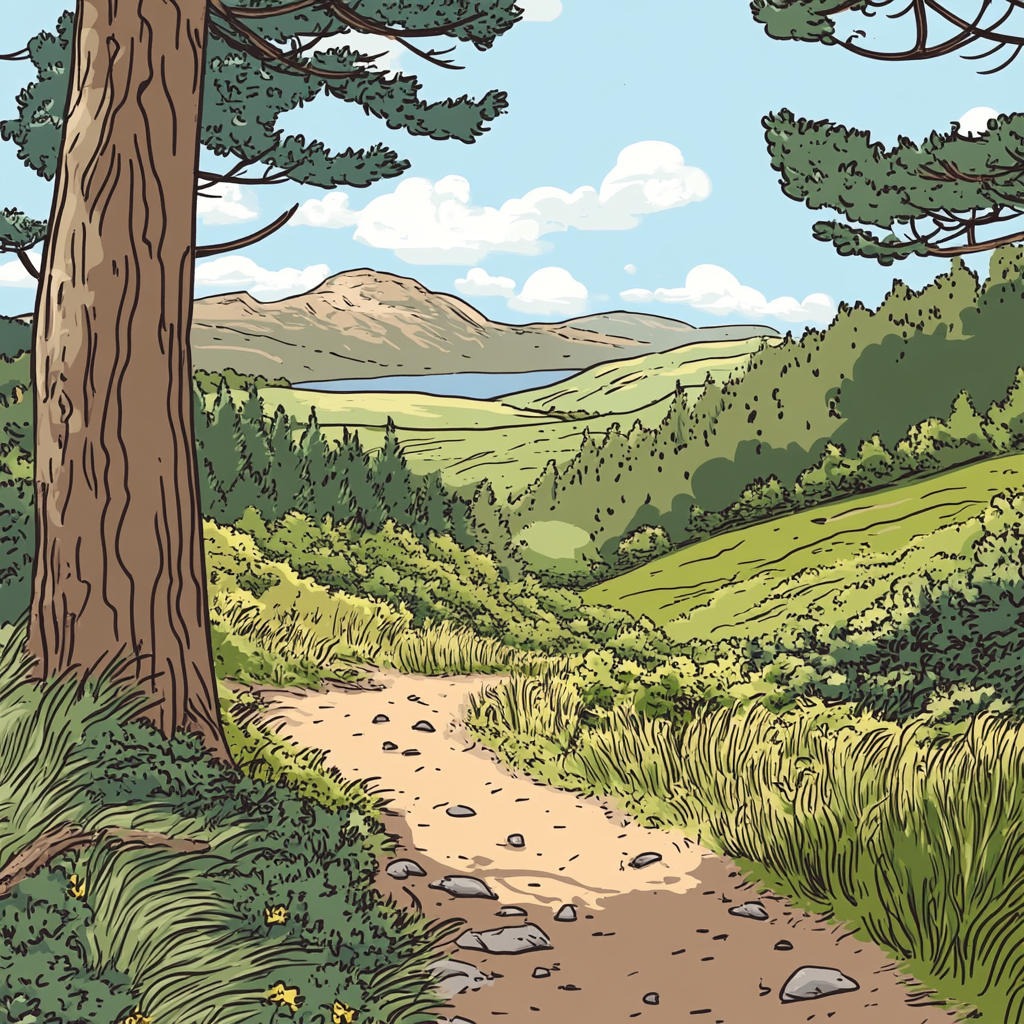
June to August
- Peak daylight hours (up to 18 hours)
- Temperatures: 15-20°C
- Most facilities and accommodations open
- Busiest walking season
- Peak midge season
- Best chance of stable weather
-
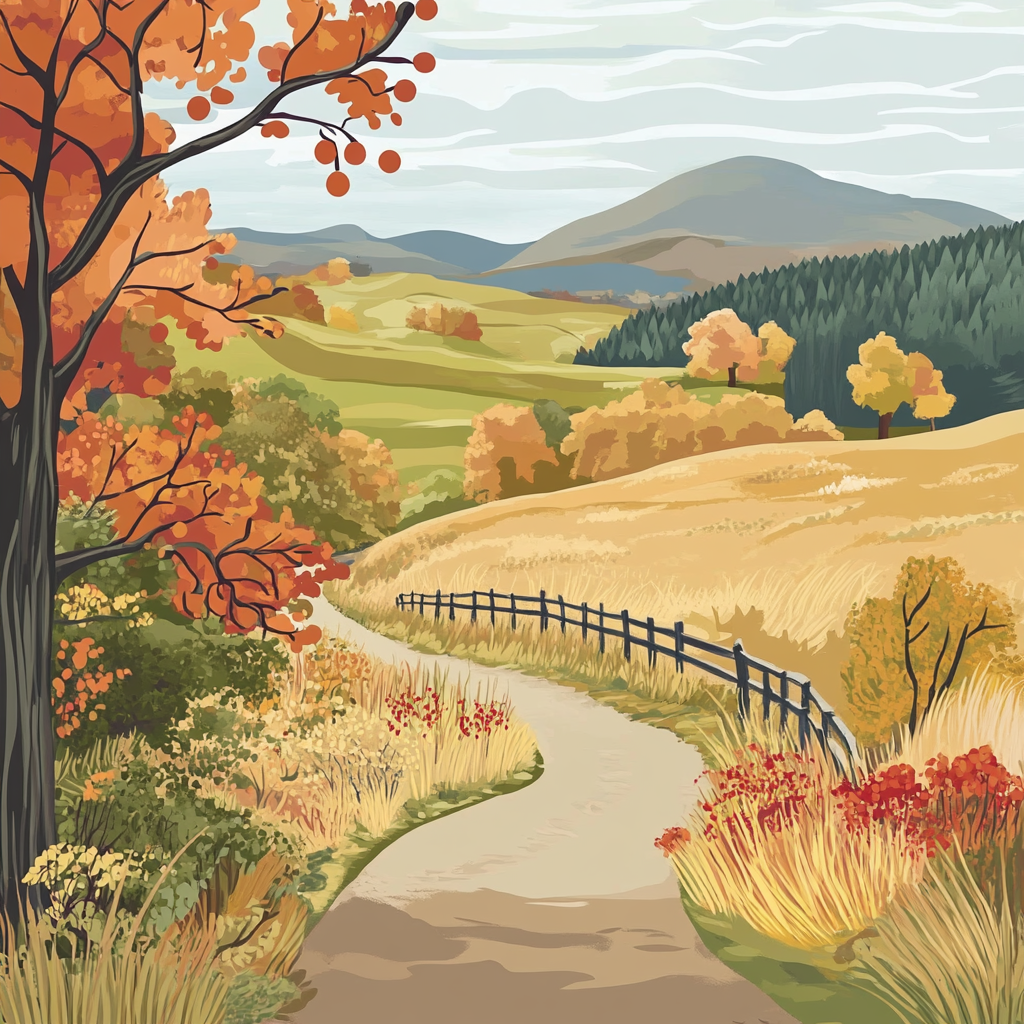
September to November
- Autumn colors in woodlands
- Fewer crowds than summer
- Temperatures: 8-14°C
- Increasing chance of rain
- Shorter daylight hours
- Fewer midges than summer
-
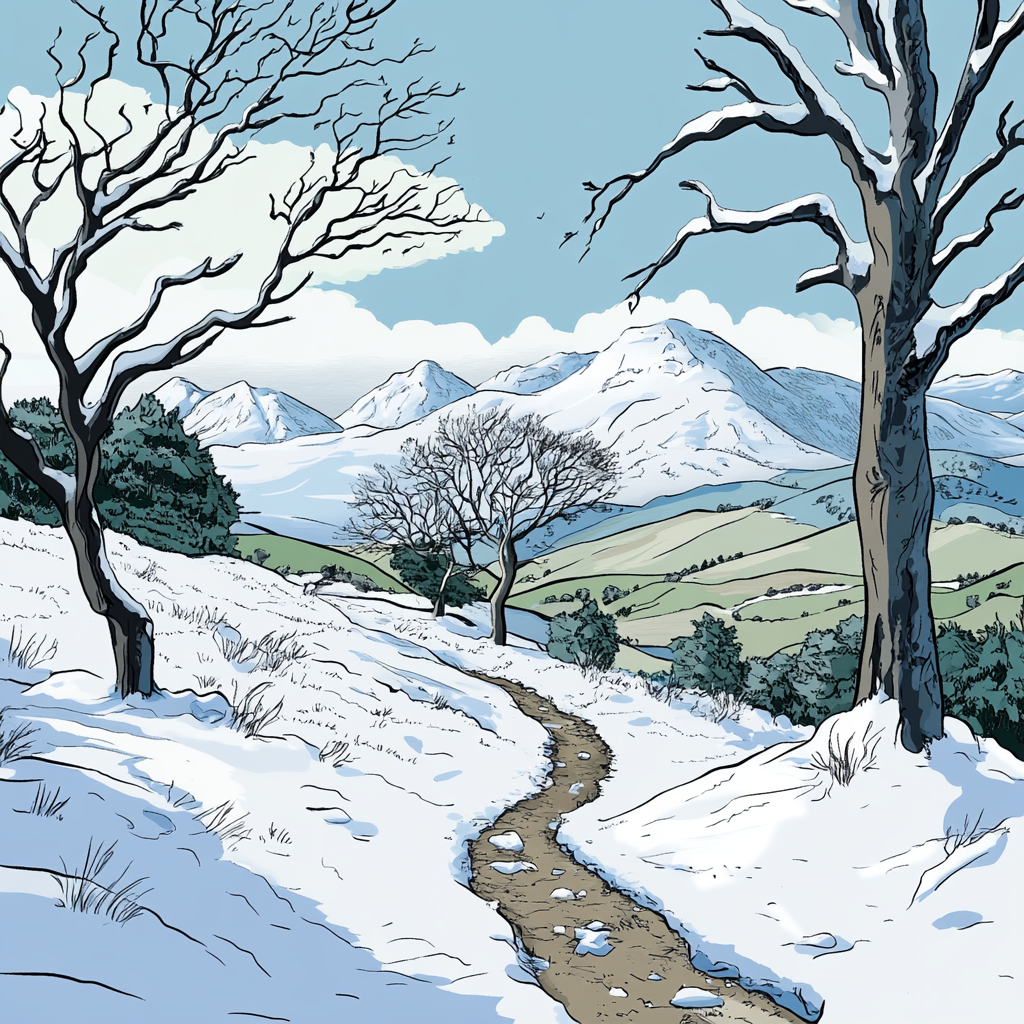
December to February
- Snow on higher ground
- Limited daylight (6-8 hours)
- Challenging weather conditions
- Winter climbing opportunities
- Quietest on trails
- Essential winter skills needed for mountains
Read our Guides
View all-
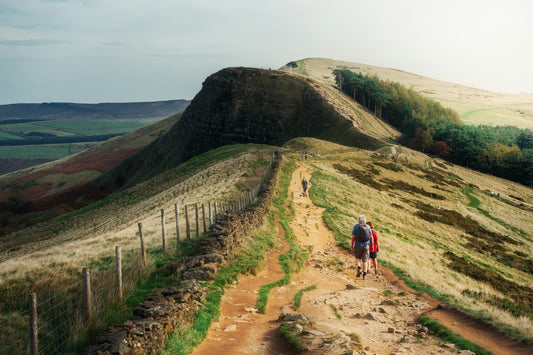
Guide to Pacing
Find out what sort of walker you are and how many days it will take to complete some of the best walking trails in Britain.
Guide to Pacing
Find out what sort of walker you are and how many days it will take to complete some of the best walking trails in Britain.
-
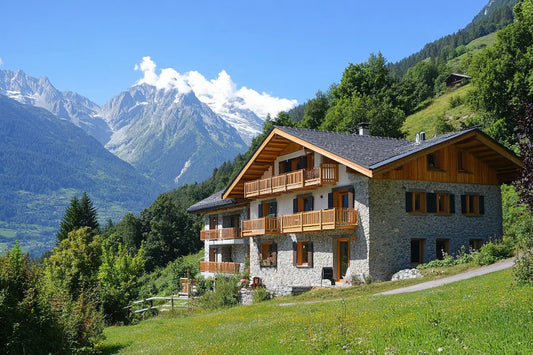
Accommodation Booking Guide
Here is essential guidance on booking accommodation for your self-guided walkingadventures, following the itinerary provided by Big Trail Adventures. Please adhere closely to the recommendations below to ensure a smooth...
Accommodation Booking Guide
Here is essential guidance on booking accommodation for your self-guided walkingadventures, following the itinerary provided by Big Trail Adventures. Please adhere closely to the recommendations below to ensure a smooth...
-
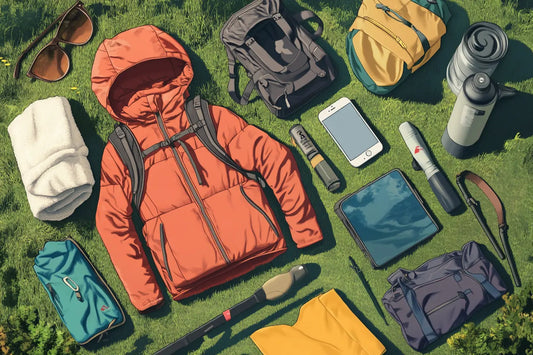
Essential Packing Guide for Your Mountain Adven...
Proper packing is fundamental to both your safety and enjoyment on the trail. Our approach combines years of mountain experience with practical wisdom to help you prepare for your journey....
Essential Packing Guide for Your Mountain Adven...
Proper packing is fundamental to both your safety and enjoyment on the trail. Our approach combines years of mountain experience with practical wisdom to help you prepare for your journey....














